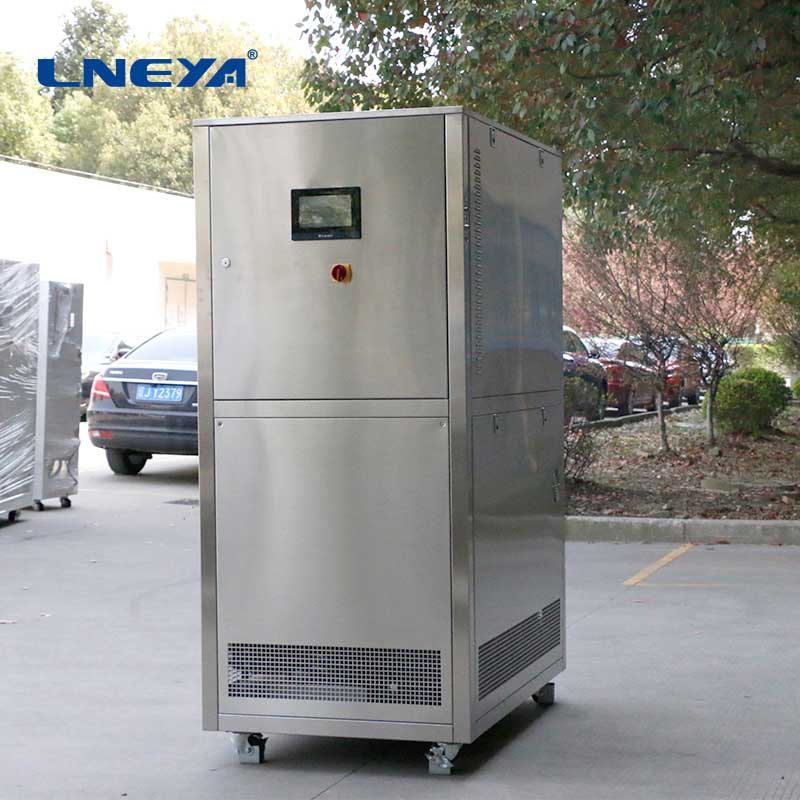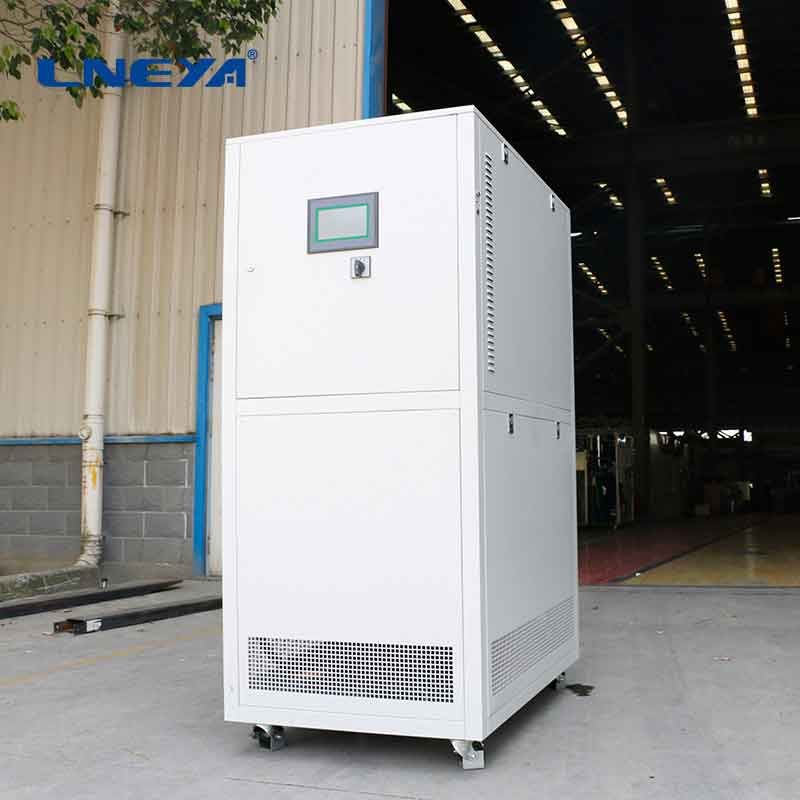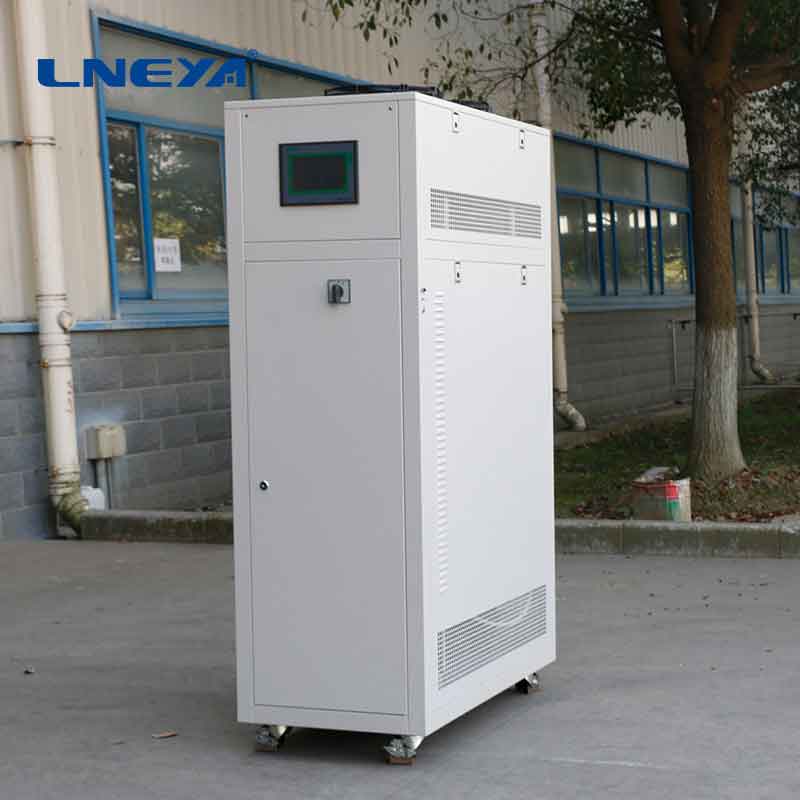water to water chiller
Water-to-Water Chillers: Efficient and Sustainable Cooling Solutions
Water-to-water chillers are an essential component in many industrial and commercial cooling applications. These chillers use water as the primary medium for heat transfer, both absorbing and dissipating heat, making them highly efficient and environmentally friendly. This article will explore the technology, applications, maintenance, and sustainability of water-to-water chillers.

Technology and Operation
Water-to-water chillers operate on a closed-loop system, where water is circulated through a heat exchanger to absorb heat from the process or space being cooled. This warmed water is then pumped to a second heat exchanger, often a cooling tower, where the heat is transferred to the atmosphere, and the water is cooled before being recirculated.
The efficiency of water-to-water chillers stems from water’s high specific heat capacity, allowing it to absorb and transfer large amounts of heat with minimal temperature change. This makes water an ideal medium for cooling applications, particularly in industries where process fluids cannot be directly cooled by refrigerants.
Applications
Water-to-water chillers find use in a variety of applications where precise temperature control is required:
Industrial Processes: In manufacturing and processing plants, water-to-water chillers maintain optimal temperatures for machinery and processes, ensuring efficiency and preventing damage due to excessive heat.

HVAC Systems: In heating, ventilation, and air conditioning (HVAC) systems, these chillers provide cooling for buildings, offering lower energy costs and a smaller footprint compared to air-cooled systems.
Data Centers: Water-to-water chillers are used to manage the heat generated by servers and other computing equipment, particularly in high-density data centers where traditional air cooling may not be sufficient.
Maintenance and Sustainability
Proper maintenance is crucial for the efficient operation of water-to-water chillers. Regular checks for leaks, clogs, and general wear and tear help prevent system failures and ensure optimal performance. Water treatment is also essential to prevent scale buildup and biological contamination, which can reduce heat transfer efficiency and lead to system degradation.
In terms of sustainability, water-to-water chillers offer several advantages. Closed-loop systems minimize water waste, and the use of water as a coolant reduces the environmental impact compared to air-cooled systems. Additionally, strategies such as water reuse and evaporative cooling optimization can further enhance the sustainability of these chillers.

Market Trends
The market for water-to-water chillers is growing due to increasing demands for energy-efficient and sustainable cooling solutions. Advances in technology have led to the development of high-efficiency chillers that meet strict energy efficiency standards, such as AHRI 551/591 and ASHRAE 90.1. These chillers incorporate new compressor technology, high-efficiency heat exchangers, and environmentally friendly refrigerants to improve performance and reduce environmental impact.
In conclusion, water-to-water chillers are a vital technology for managing heat in various applications. Their efficiency, driven by water’s heat absorption and transfer properties, makes them a preferred choice in many industries. With a focus on sustainability and energy efficiency, the market for water-based heating and cooling systems is poised for continued growth, offering innovative solutions for a wide range of cooling needs.
Related recommendations
chiller capacity unit
360Chiller Capacity Units: A Comprehensive ExplanationIn the realm of cooling technology, accurately measuring chiller capacity is fundamental for the design, operation, and maintenance of cooling s...
View detailsair cooled refrigeration system
361How an Air-Cooled Refrigeration System WorksAn air-cooled refrigeration system operates on the basic principles of the vapor compression cycle, consisting of four main components: Compresso...
View detailscold water chillers
388Cold Water Chillers: A Comprehensive OverviewCold water chillers are mechanical devices designed to remove heat from water, reducing its temperature to a desired level. They play a crucial role i...
View details400 ton air cooled chiller
649400 Ton Air-Cooled Chiller: Large-Scale Cooling Solutions for Industrial Applications A 400-ton air-cooled chiller is a significant piece of HVAC equipment capable of managing substantial therm...
View details
 LNEYA Chiller
LNEYA Chiller






HelloPlease log in